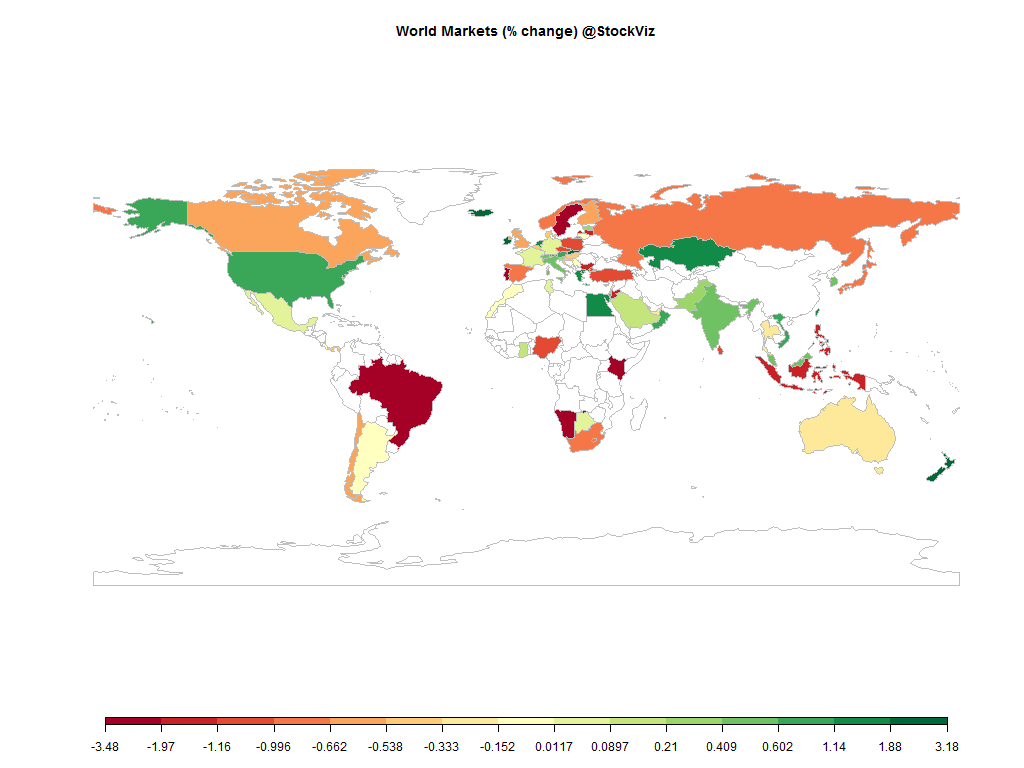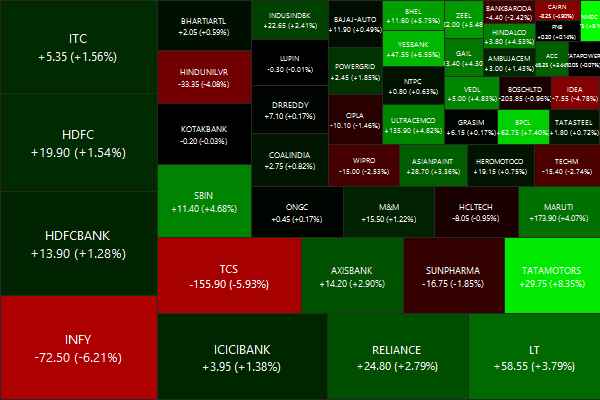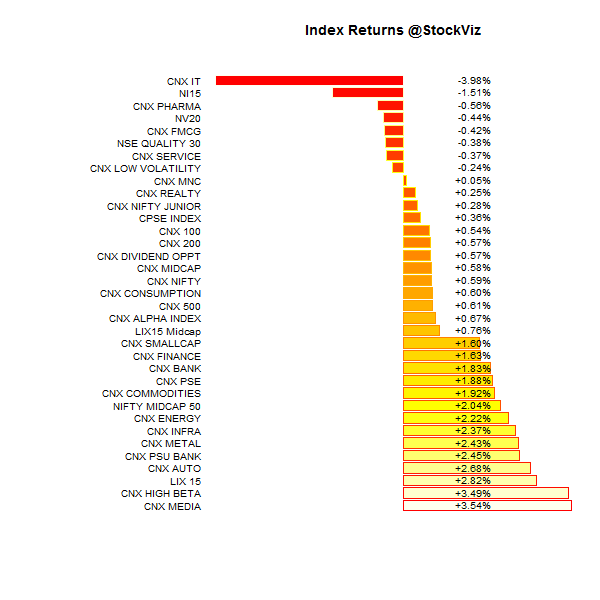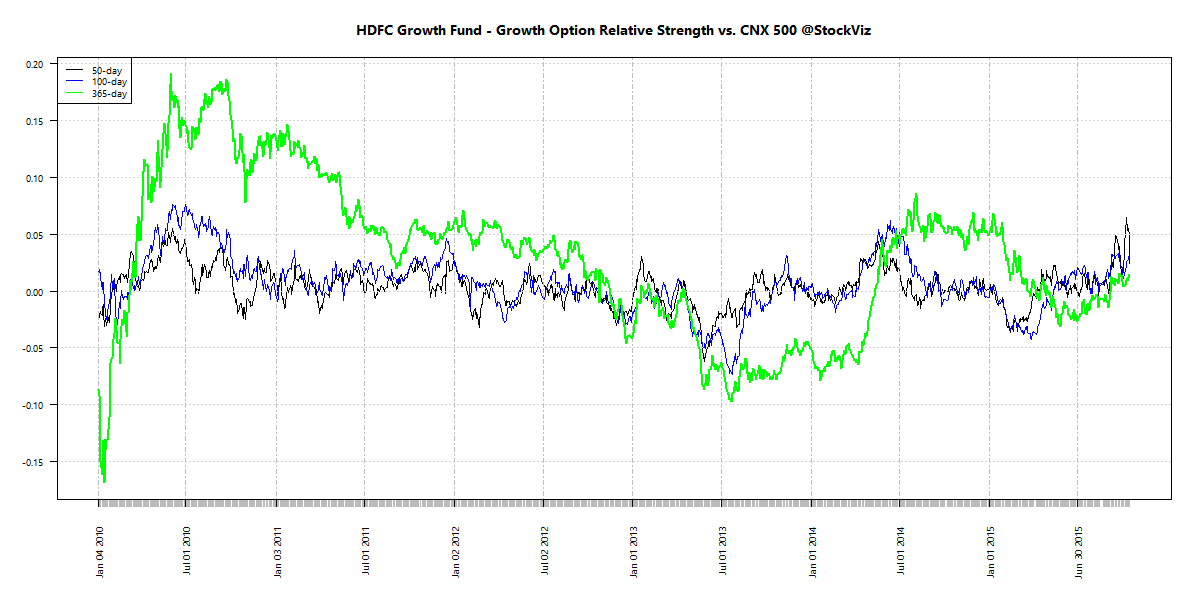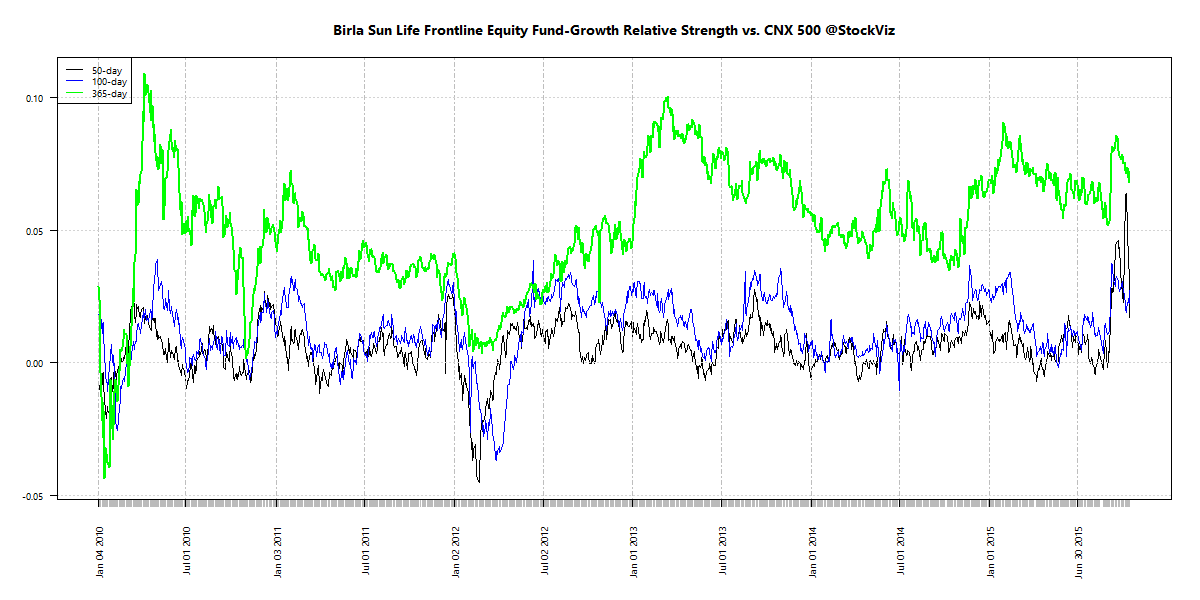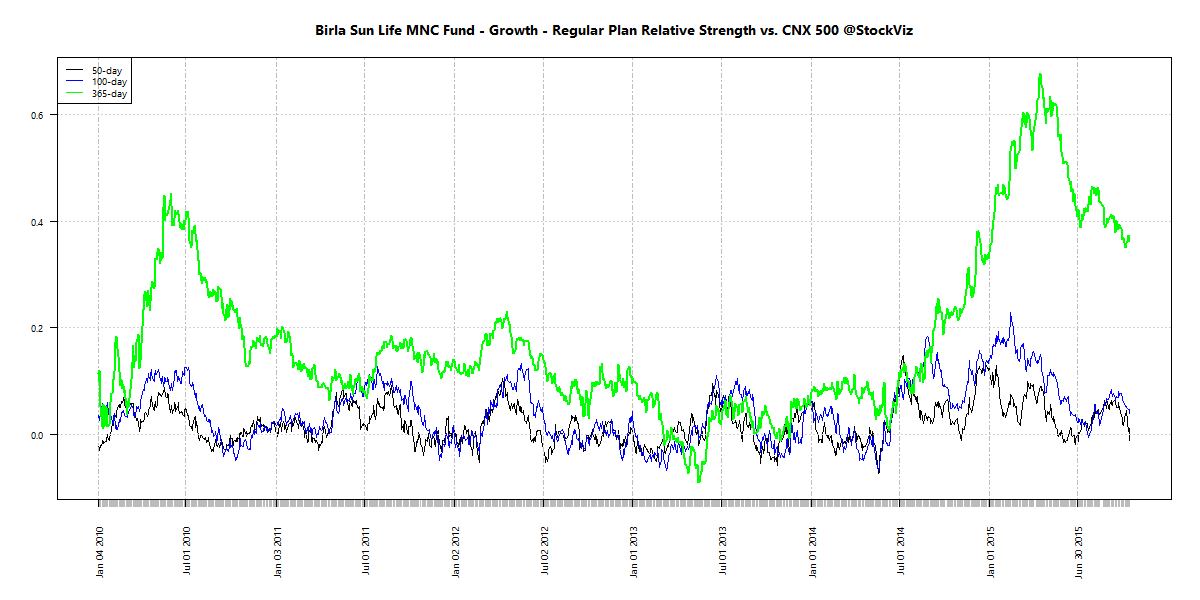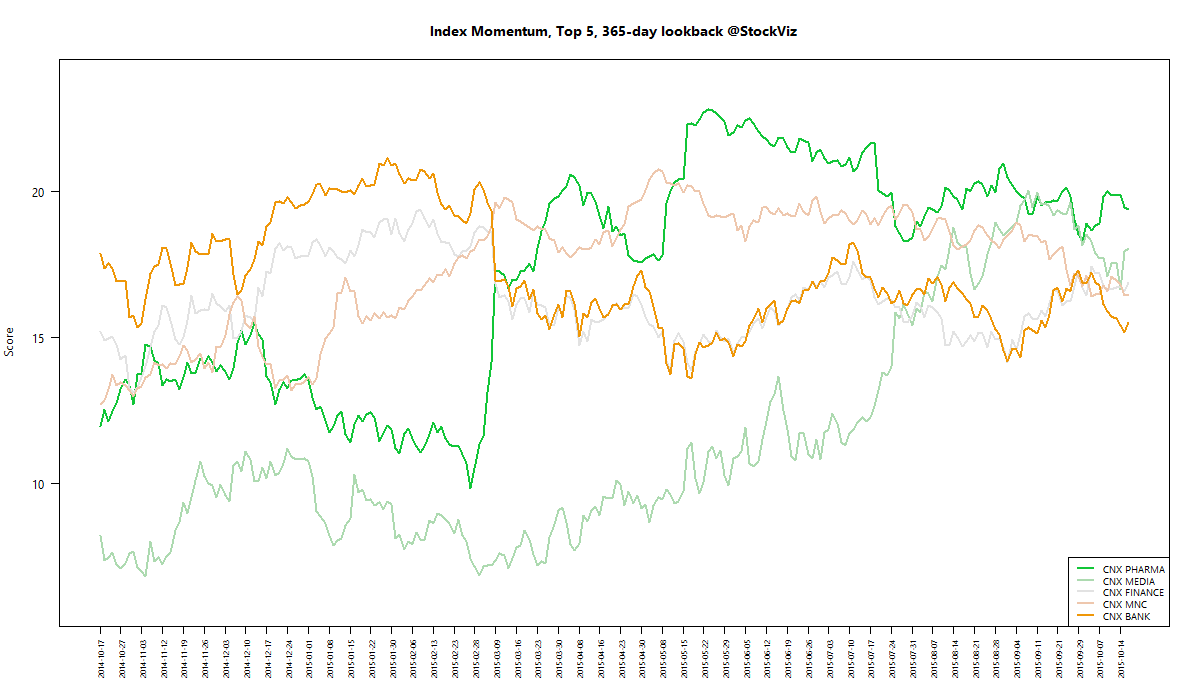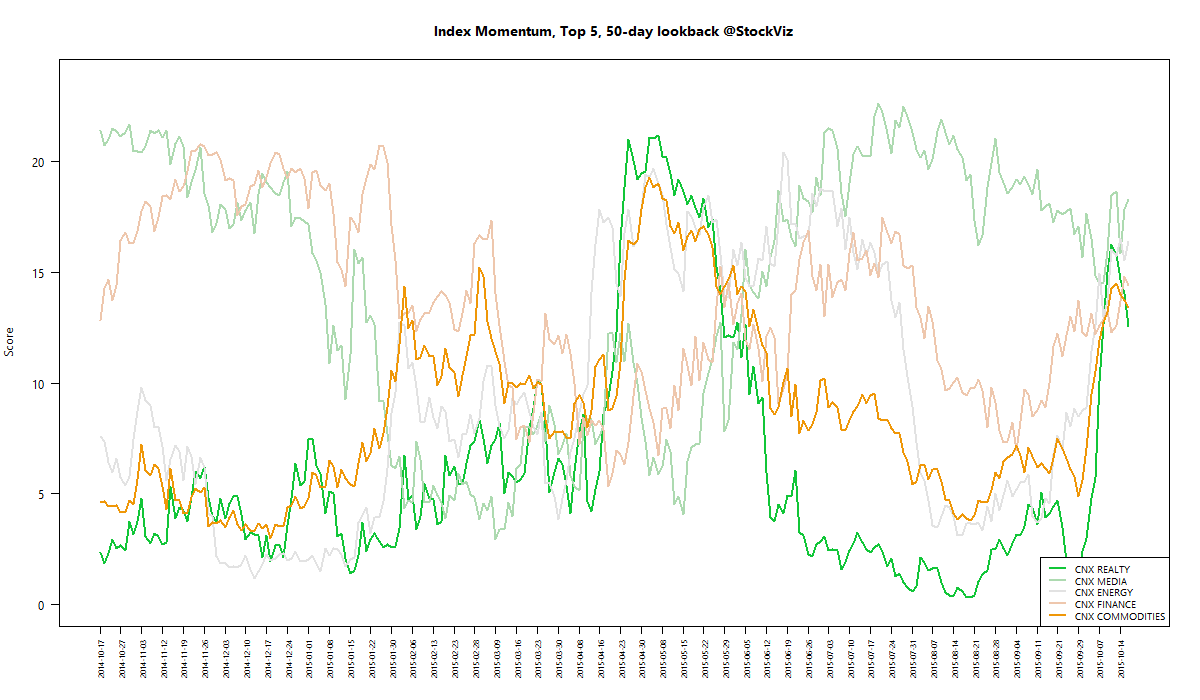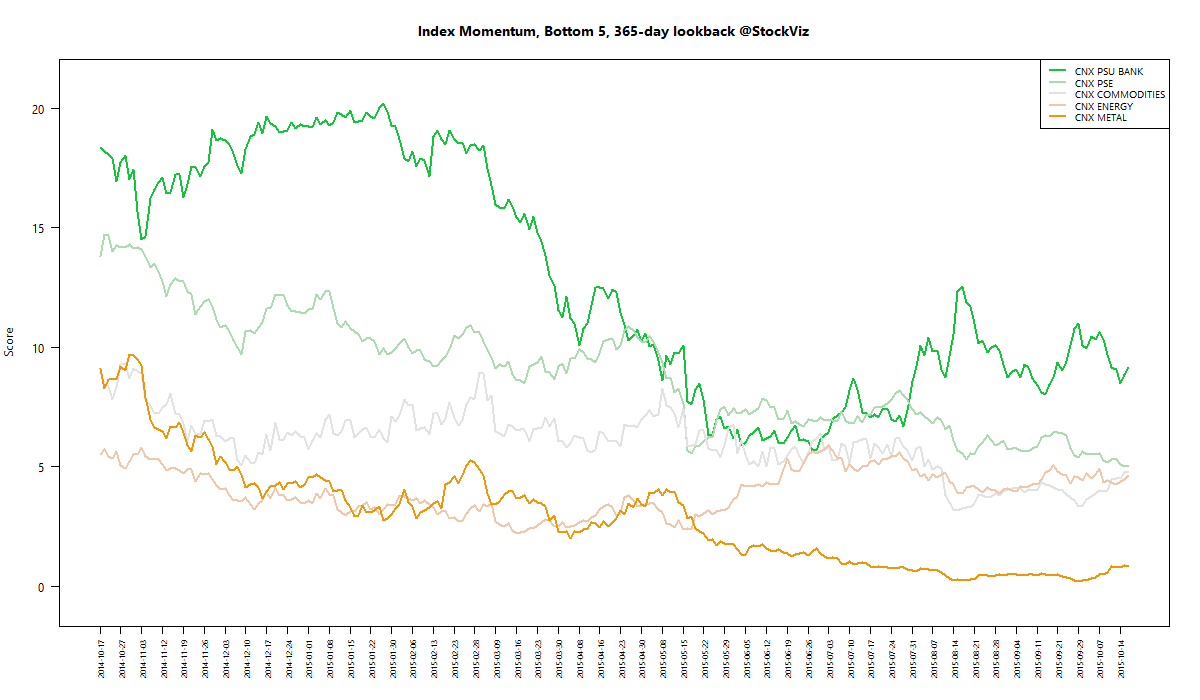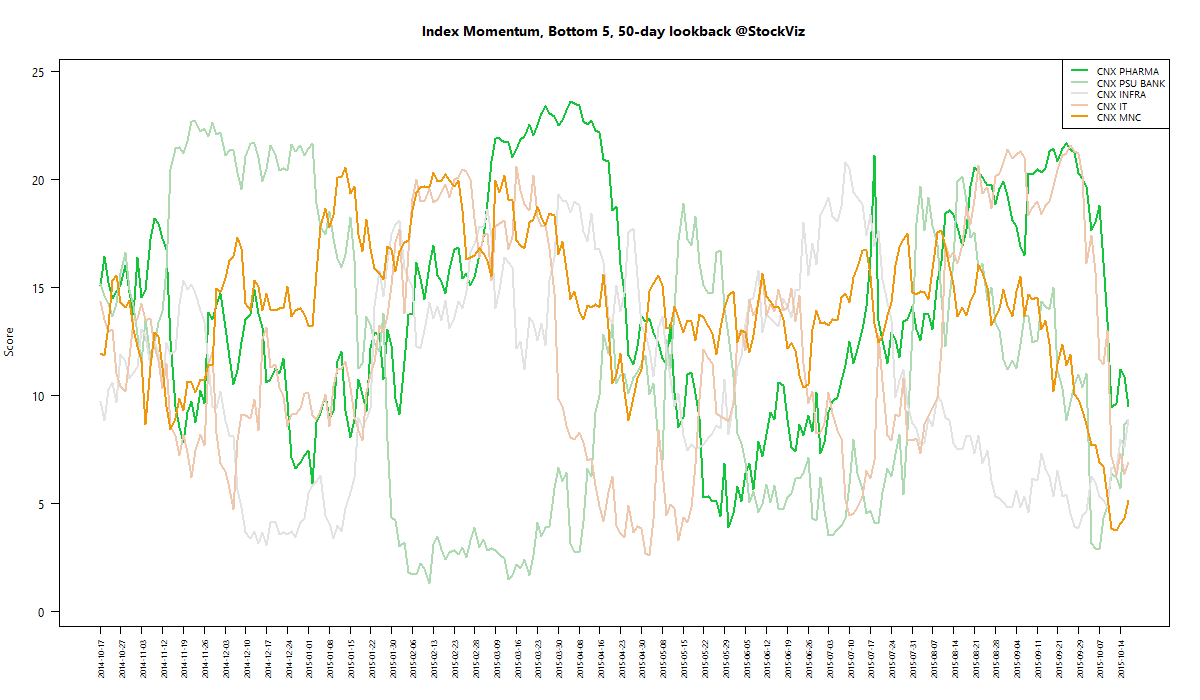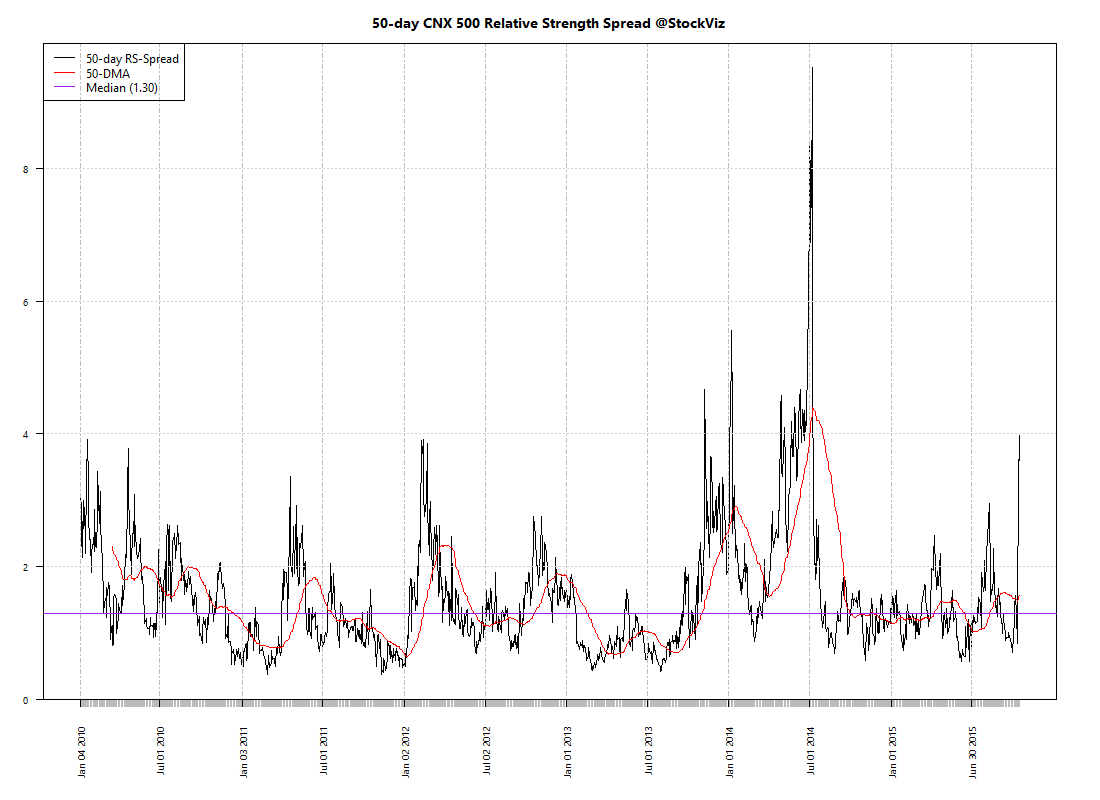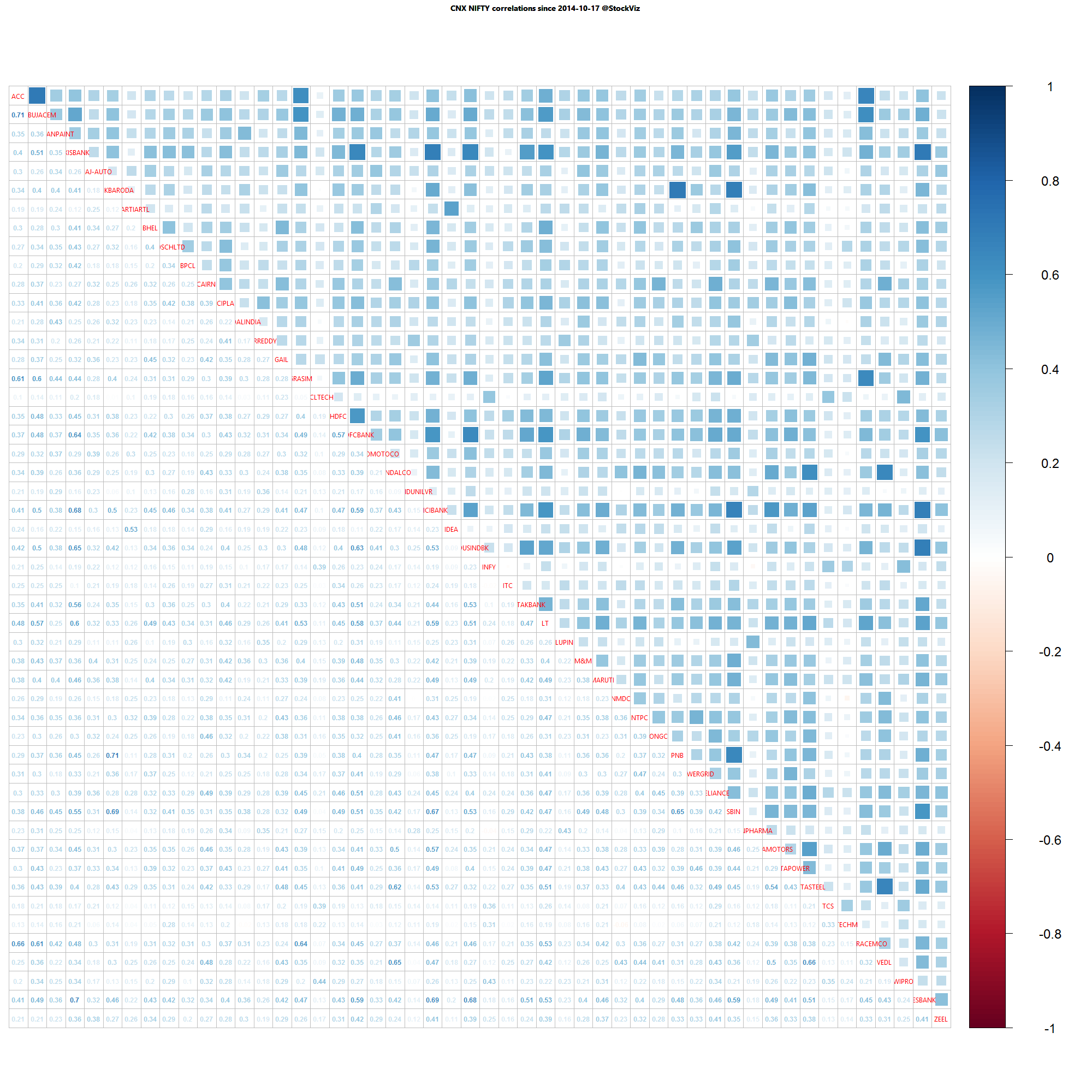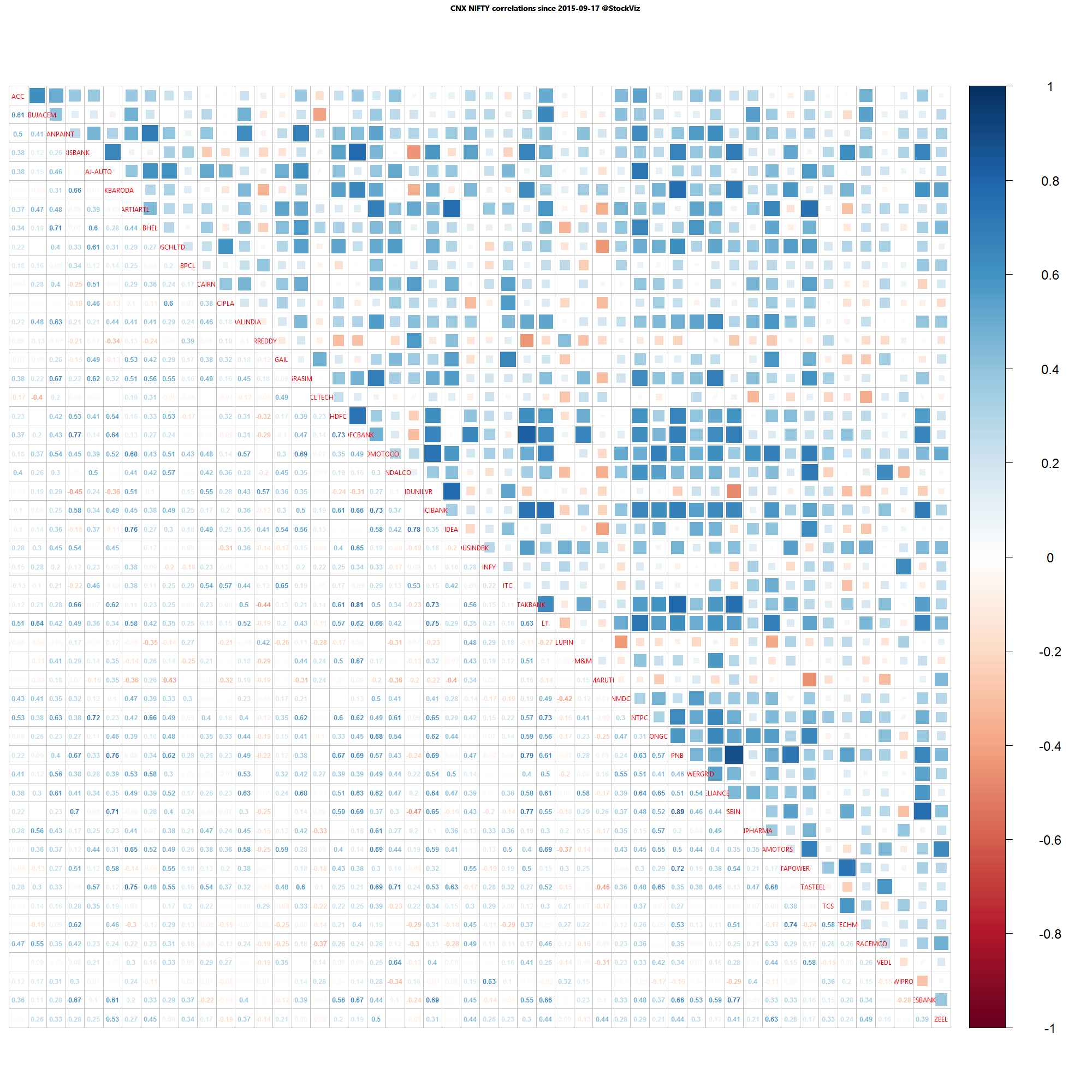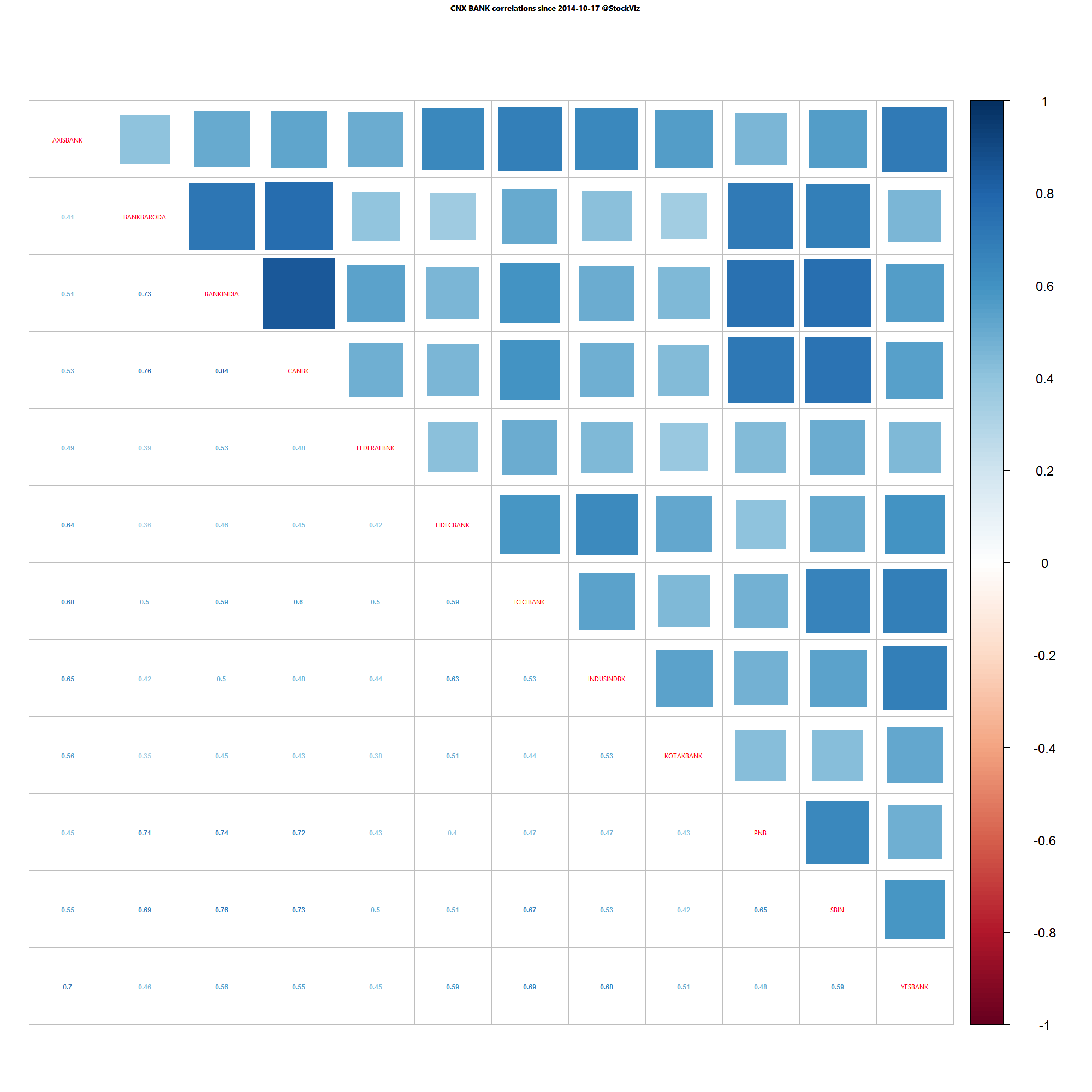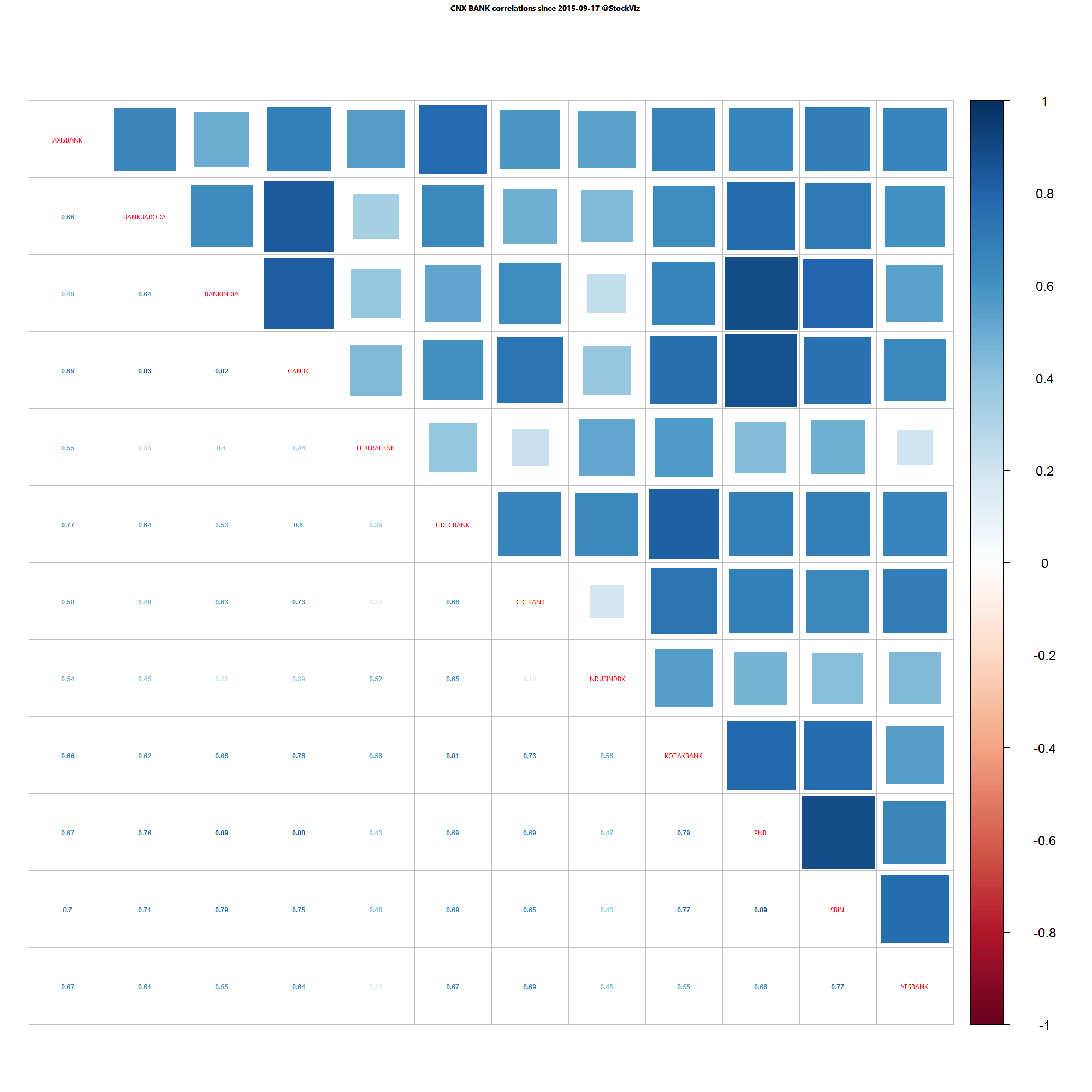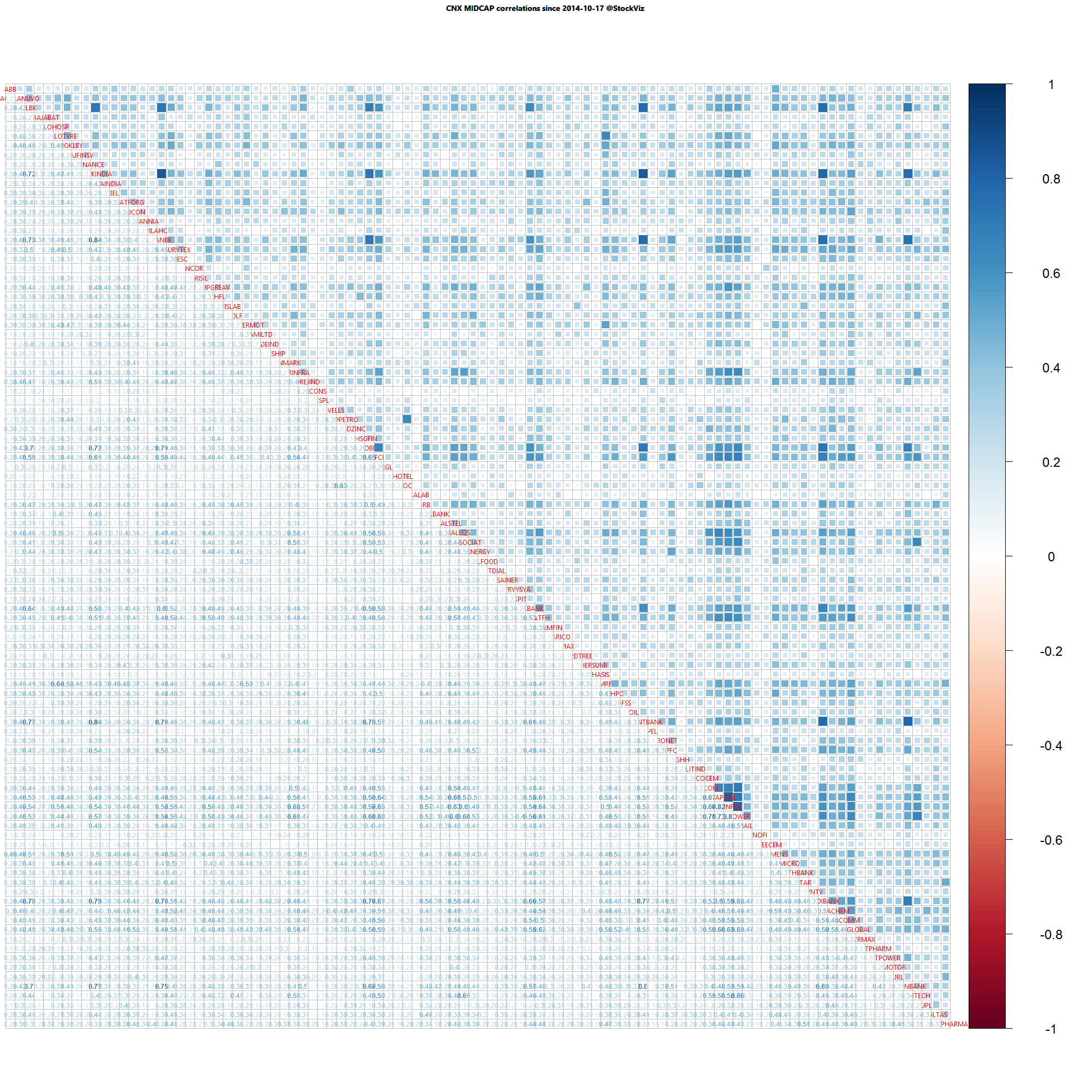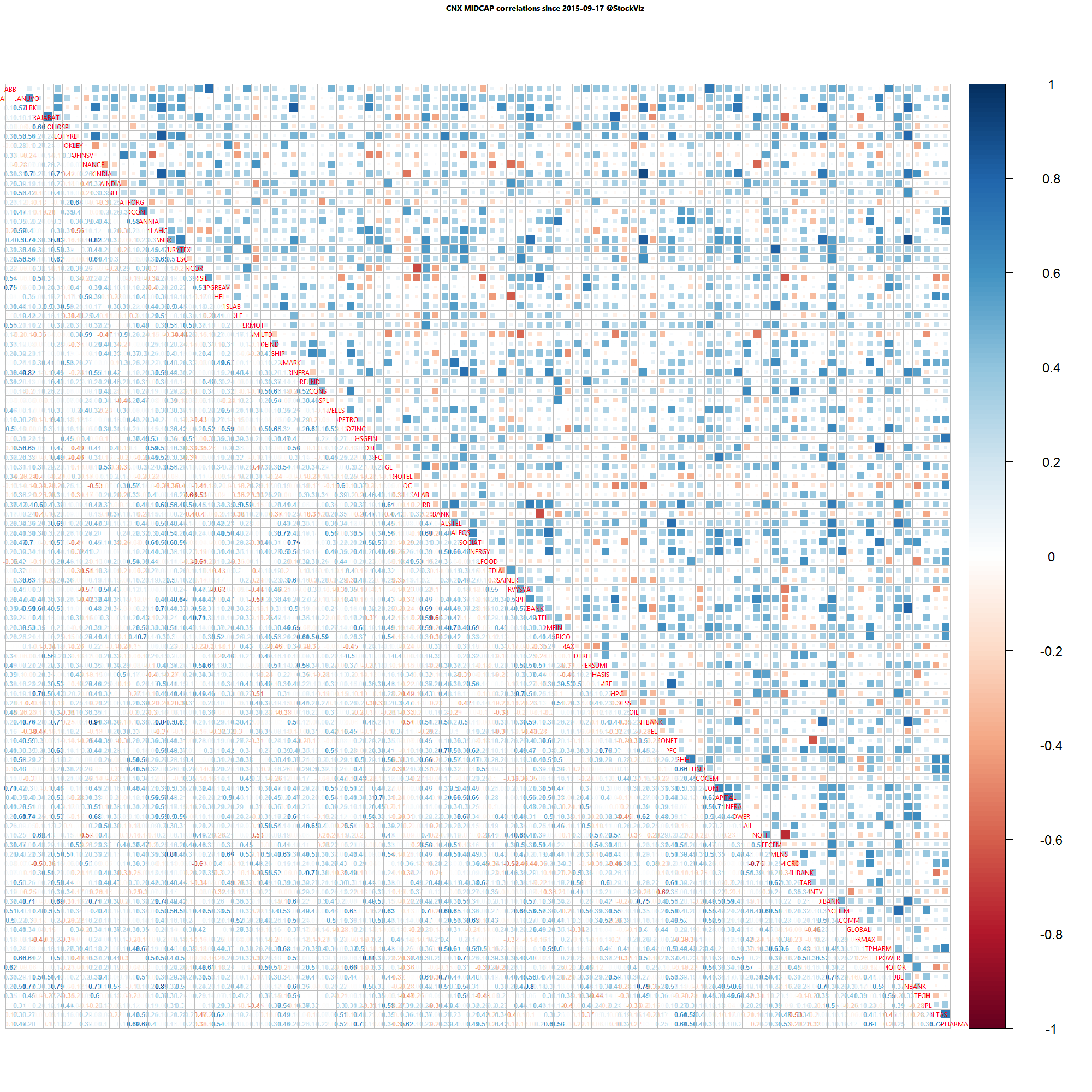Top 10 funds over the years
Based on our RS-Spead metric, we ranked mutual funds based on their relative outperformance vs. CNX 500 over a one year period. See if you can find a pattern here.
*We have stared the fund that made it to the top-10 list the previous year.
Thoughts
There is no unqualified “best” fund out there. Among the top 5 fund houses (HDFC, ICICI Pru, Birla Sun Life, Reliance and UTI,) all funds within a class (large-cap, mid-cap, Top-100, etc…) will eventually put in roughly the same performance numbers. They will all revert to mean. Investors are probably better served with a negative list of funds and fund houses to avoid than a list of the “best” funds.
